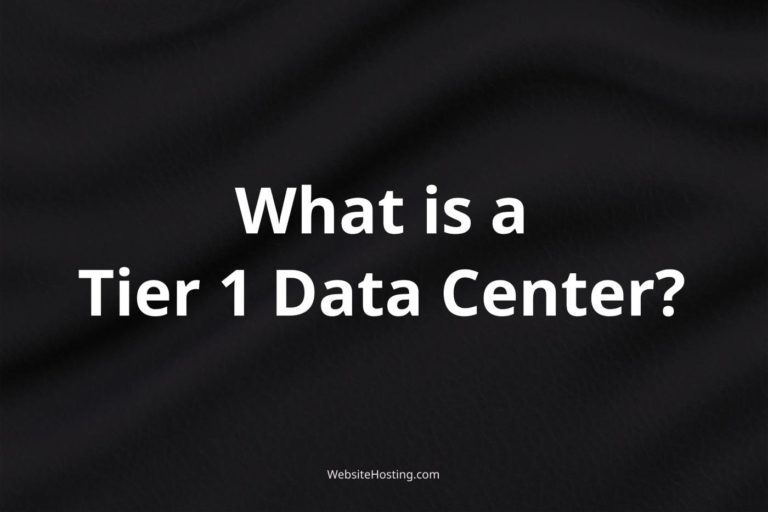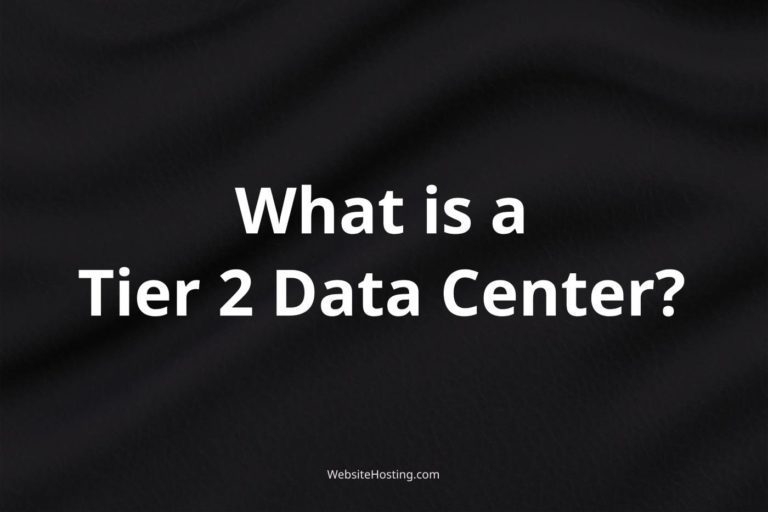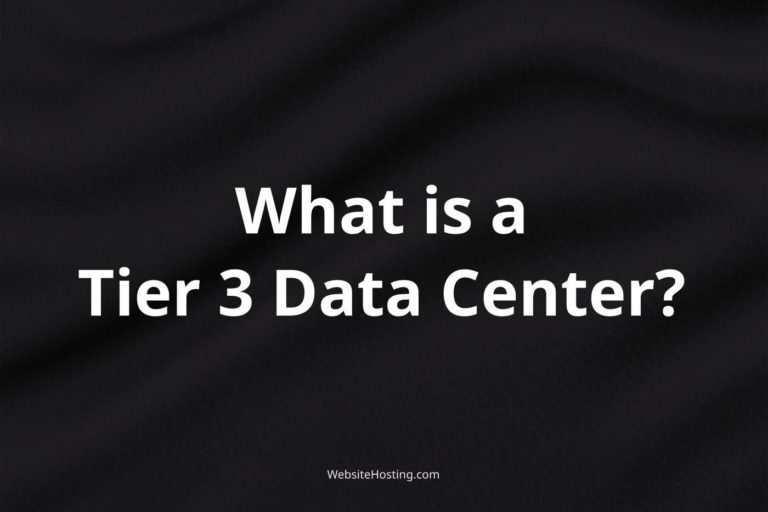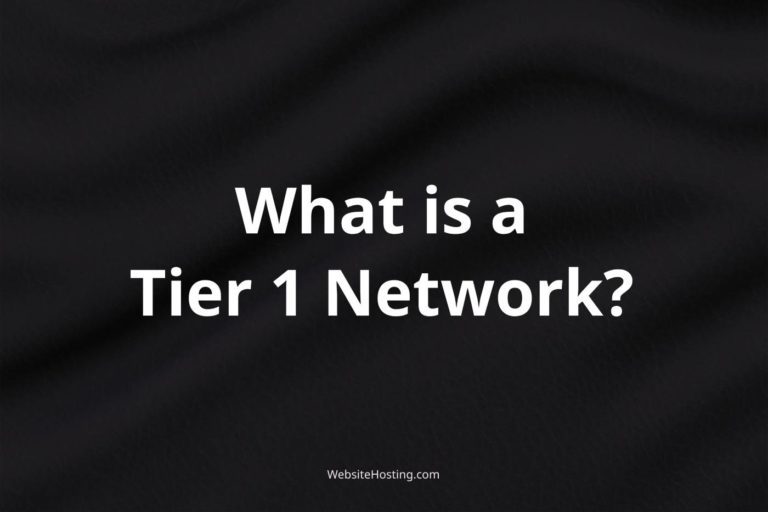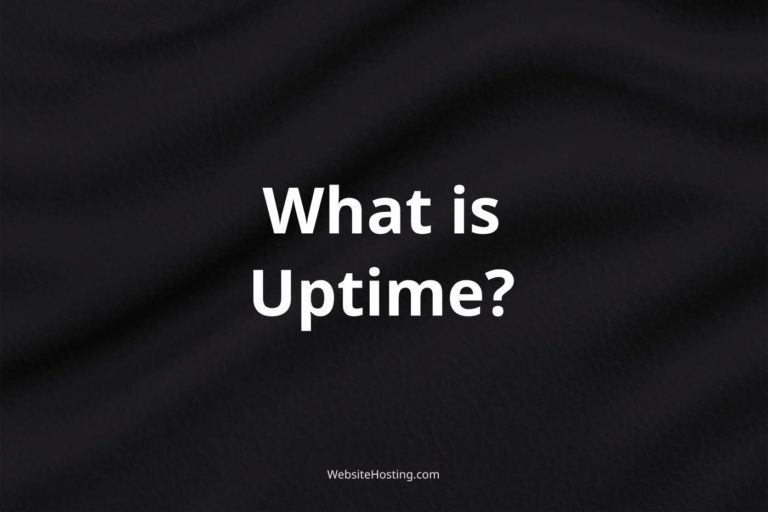A Tier 4 data center is the most advanced and reliable data center level, providing the highest level of uptime, redundancy, and security for mission-critical applications and systems. It is built to handle multiple independent power and cooling distribution paths, with no single point of failure.
Tier 4 data centers are ideal for large enterprises, government agencies, financial institutions, and other organizations that require 24/7 availability and cannot afford any downtime.
The Uptime Institute, an independent organization that sets standards for data center design and management, created the four-tier classification system to measure data center performance and reliability. Tier 4 is the highest level, requiring redundant components and systems to ensure fault tolerance, as well as concurrent maintainability, to allow repairs or upgrades without affecting operations.
Features
Some of the key features of a Tier 4 data center include multiple power sources, such as utility power, backup generators, and uninterruptible power supplies (UPS), multiple cooling systems, such as chillers, air conditioners, and cooling towers, as well as advanced fire suppression, physical security, and environmental monitoring systems. These features provide a high level of resilience and protection against power outages, equipment failures, natural disasters, and security breaches.
Advantages
The benefits of using a Tier 4 data center include enhanced uptime and reliability, improved performance and scalability, greater security and compliance, reduced risk and downtime costs, and increased flexibility and agility. Tier 4 data centers also provide advanced services, such as cloud computing, disaster recovery, managed hosting, and colocation, to help businesses meet their IT needs and goals.
In summary, a Tier 4 data center is the most advanced and reliable data center level, providing the highest level of uptime, redundancy, and security for mission-critical applications and systems. It offers multiple power and cooling distribution paths, no single point of failure, and advanced features for fault tolerance, concurrent maintainability, and environmental protection. Tier 4 data centers are the ideal choice for businesses that require continuous availability, performance, and security for their IT infrastructure.
Related terms:
- Data center
- Uptime
- Redundancy
- Fault tolerance
- Concurrent maintainability
- Disaster recovery
- Colocation
- Cloud computing
- Managed hosting
- Environmental monitoring
Notable brands:
- Equinix
- Digital Realty
- CyrusOne
- Iron Mountain
- Interxion
Popular questions about Tier 4 data centers:
What is a Tier 4 data center?
A Tier 4 data center is the highest level of data center classification, providing the most advanced features for uptime, redundancy, and security.
What are the benefits of using a Tier 4 data center?
The benefits of using a Tier 4 data center include enhanced uptime and reliability, improved performance and scalability, greater security and compliance, reduced risk and downtime costs, and increased flexibility and agility.
What features does a Tier 4 data center offer?
A Tier 4 data center offers multiple power and cooling distribution paths, no single point of failure, advanced fire suppression, physical security, and environmental monitoring systems.
Who needs a Tier 4 data center?
Tier 4 data centers are ideal for large enterprises, government agencies, financial institutions, and other organizations that require 24/7 availability and cannot afford any downtime.
How is a Tier 4 data center different from other data centers?
Tier 4 data centers are different from other data centers because they offer the highest level of uptime, redundancy, and security. They are designed to handle multiple independent power and cooling paths, with no single point of failure, and are built to ensure fault tolerance and concurrent maintainability.
